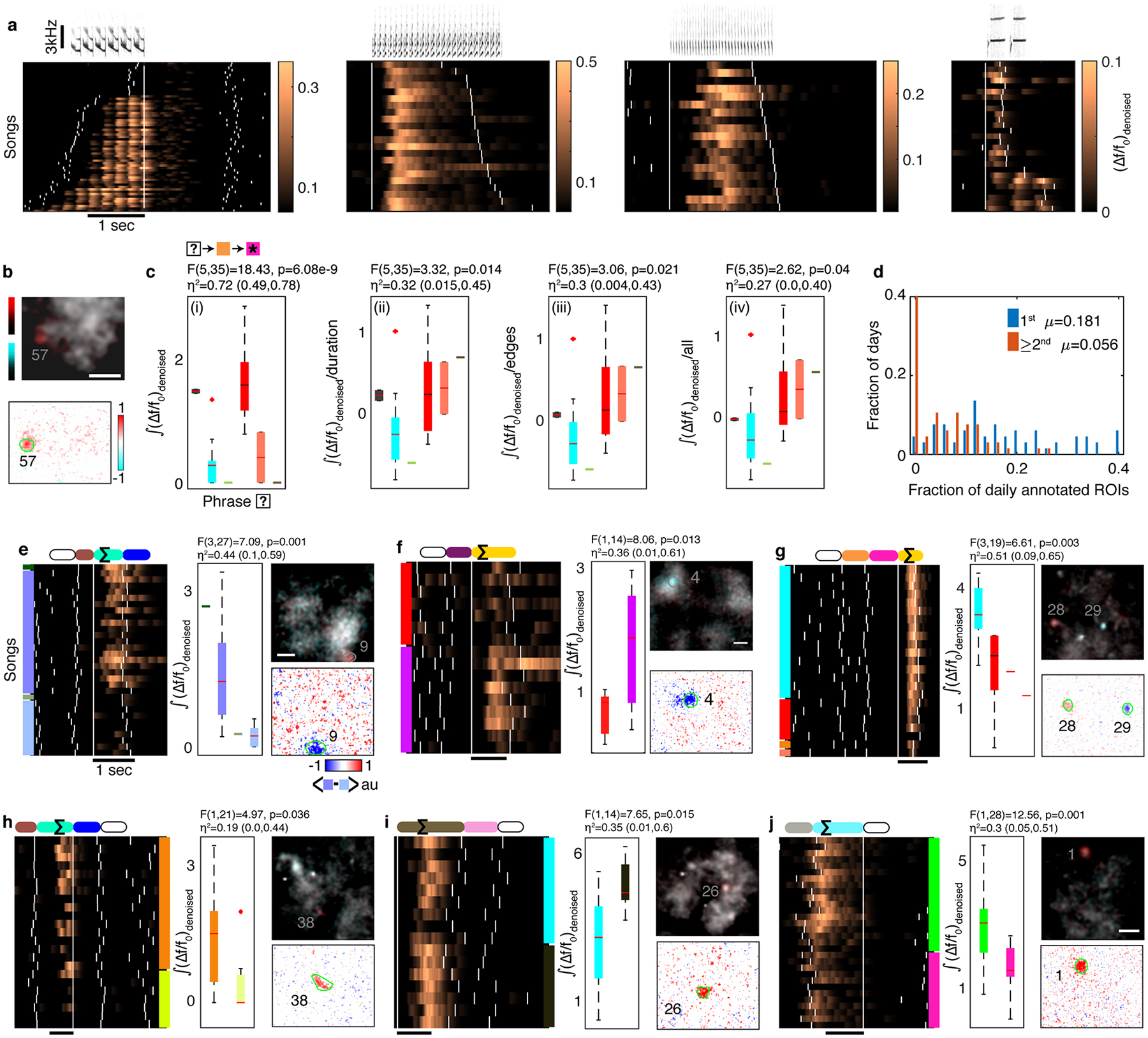Extended Data Fig. 5 |. Syllable and phrase-sequence-correlated ROIs from 3 birds.

a. Sonograms on top of rasters from 4 ROIs from 3 birds. White ticks indicate phrase onsets. The fluorescent calcium indicator is able to resolve individual long syllables. b. Top, average maximum fluorescence images during the pink phrase in Figure 2d, compare the two most common contexts in orthogonal colors (red and cyan). Scale bar is 50μm. Bottom, the difference of the overlaid images. ROI outlined in green. c. (i) 1-way ANOVA (F,p,η2 and its 95% CI), tests the effect of contexts (x-axis, 2nd preceding phrase type in N=41 sequences) on the signal (y-axis. Lines, boxes, whiskers, and ‘+’s show the median, 1st and 3rd quartiles, full range, and outliers), during the target phrase (marked by ★) in Figure 2d. (ii-iv), ANOVA tests carried out using the residuals from the signal after removing the cumulative linear dependence on the duration of the target phrase, the relative timing of onset and offset edges of two fixed phrases, and the absolute onset time of the target phrase in each rendition. Colors correspond to phrases in Figure 2d. d. Histogram of fractions of daily annotated ROIs showing sequence correlation in all 3 birds. Each ROI can be counted only once per order. This estimate includes sparsely active ROIs. e-j. Activity during a target phrase (marked by ∑) is strongly related to non-adjacent phrase identities (empty ovals in color coded phrase sequence). Songs are arranged by the phrase sequence context (left or right color patches for past and future phrase types). White ticks indicate phrase onsets. Box plots and contrast images as defined in panels b,c. N=31,16,23,23,16,30 songs contribute to panels e-j. e,f. Similar to main Figure 2d, (Δf/f0)denoised from ROIs with 2nd order upstream sequence (color coded) from two more birds. g. 3rd order upstream relation. h,i. 2nd order downstream relations. j. 1st order downstream relation from another bird.
